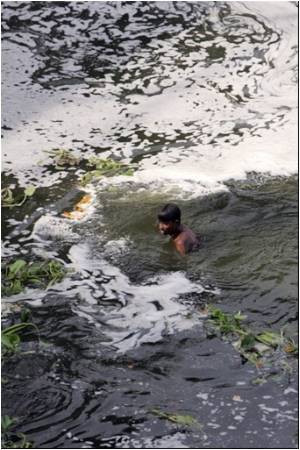
In cases where both parts are known to be safe, drugs are manufactured and dispensed as mixtures of the two forms. However some drugs are dispensed as single enantiomers since the other form is known to be toxic.
Now the University of New South Wales researchers found the safe version of anti-inflammatory drug naproxen converted to the unsafe form in wastewater treatment.
“We found that some of the S-naproxen had turned into R-naproxen, so even though we’re measuring a major reduction in the concentration of naproxen, the overall toxicity could be increasing,” says study supervisor Dr Stuart Khan, an environmental engineer at the UNSW Water Research Centre.
The process mimics a similar transformation that can be seen in the human gut, where drugs believed to be safe can be inverted during metabolism into their toxic forms.
Many international studies have reported on the effectiveness of wastewater treatment processes for removing various pharmaceuticals, however, the vast majority of these studies use analytical methods that don’t differentiate between the two enantiomers.
Khan says current eco-toxicological assessments will not be looking for the toxic version of naproxen because it’s not a registered pharmaceutical, so it may not turn up on lists of chemicals requiring assessment.
As a result, assessment will need to be refined and optimised. “We can’t just look at what’s disappearing during the wastewater treatment process, but we need to consider what it’s turning into,” he says. “And is this breakdown product an even greater concern than the original compound?
It’s not well understood how this transformation is occurring in wastewater, but is believed to be enzyme-driven, says Khan, and is being caused by microorganisms in the treatment plant converting the non-toxic form into the toxic form.
Khan and his colleagues are now working to better understand the mechanism of the inversion.
The study has been published this month in the journal Water Research.
Advertisement









